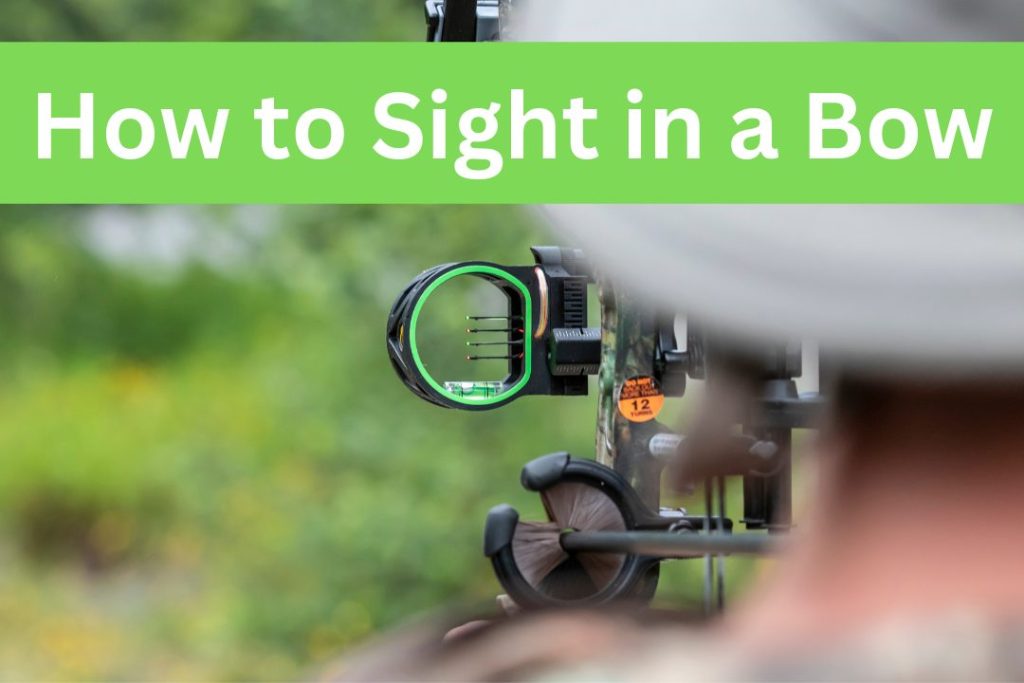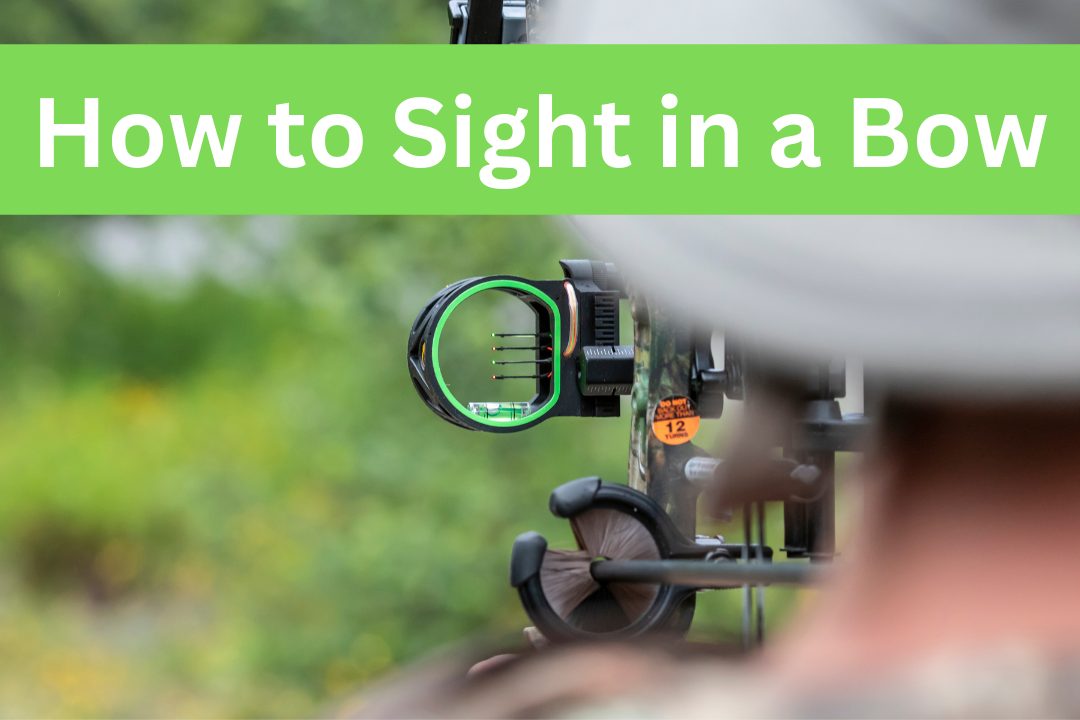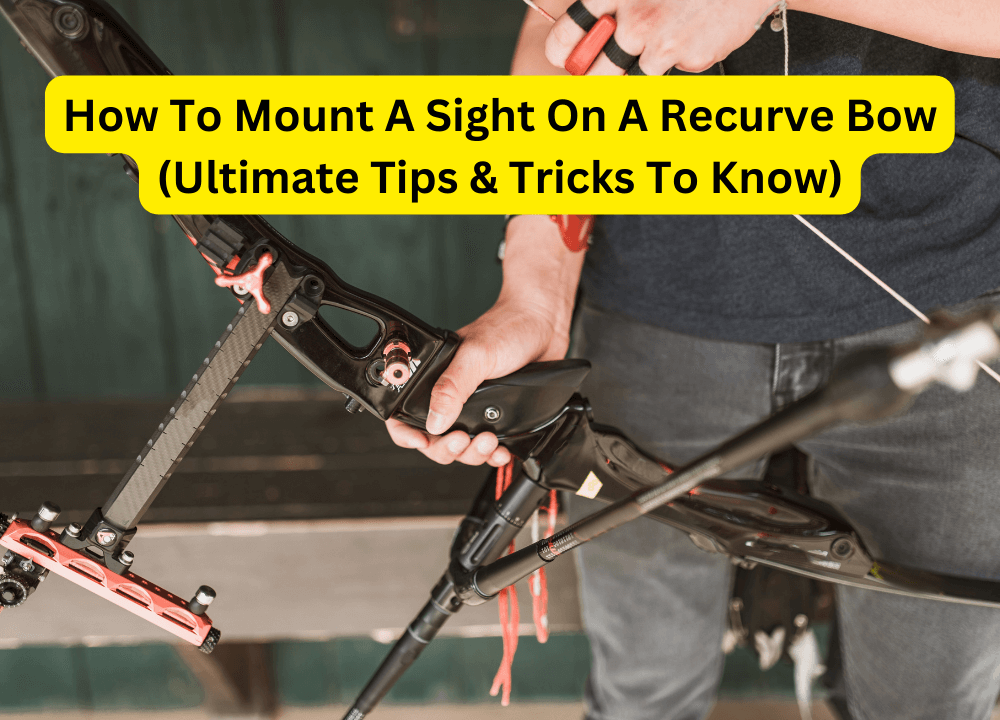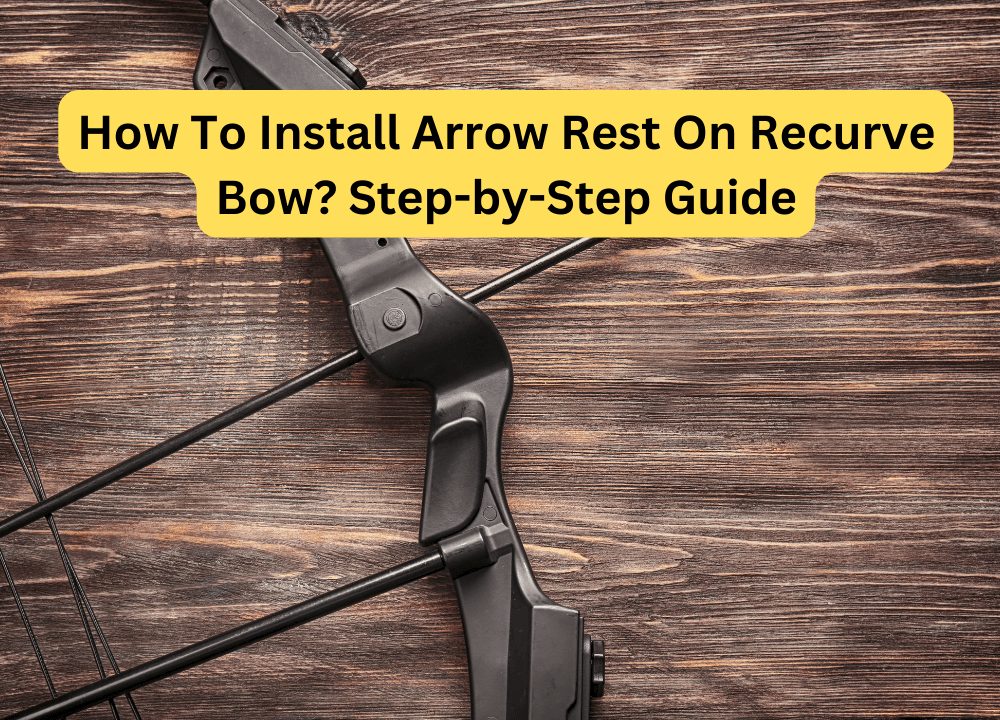
Archery is a sport that appeals to hunters and people who like sharpening their skills on a target range. Like any weapon, using a bow to hit a target is challenging. Just pointing a firearm in the general area of the target has no realistic probability of hitting it. The chance of hitting the target is increased by sighting in a bow. During aiming, an archer can account for arrow drop caused by gravity’s pull over a wider distance and interruptions to the shooting process by using the bow’s sight. Whether you want to be precise on the range or in the field, you must learn the procedure of sighting in a bow. You can start hitting bullseye by reading this step-by-step guide that describes how to adjust sighting equipment for sighting in a bow.
Tune a Bow To Hit The Bullseye By Sighting In a Bow
Before the hunting season, you might need to adjust your bow, whether you recently bought a new one or enhanced your bow sight. You can quickly and accurately adjust a single-pin or multiple-pin bow sight. This guide is for fixed-pin sight equipment. It is suggested for practicing shooting and hunting because it is the most common sight. Enjoy archery by correctly adjusting the sighting equipment for sighting in a bow.
How to Adjust Bow Sight For Sighting In a Bow
Sporting goods stores and specialized archery stores carry bow sights. Choose a piece of sighting equipment according to the budget. For correct installation, adhere to the instructions included with the sighting equipment. Several bow sighting equipment is screwed to the bow riser where they are connected. Most bows have pre-drilled holes where the sights may be attached. You risk damaging the bow if you overtighten the screws. The bowstring should be vertically aligned with the sight’s sighting pins.
Sighting In a Multi Pin Sight
A multi-pin sight usually has three, five, or seven sight pins that you may adjust as aiming points at various ranges. The most typical approach to arrange pins on a five-pin bow hunting sight is to place them such that you aim to target at 20, 30, 40, 50, and 60 yards, with the 20-yard pin being the highest and the 60-yard pin being the lowest aiming reference in the scope. Assume that situation exists.
You won’t know where the arrow will land in relation to the bow sight pins on your first shot with a new sight, so limit your range to no more than 10 yards. Now aim your shot towards a huge target that has plenty of area to the left, right, up, and down. A big target allows for error-free movement.
Use your top pin as the aiming reference and place a bulls-eye in the middle of the target. Shoot at it from a distance of 10 yards. Relative to the bull’s eye, take note of where the arrow lands on the target. It is necessary to shift your sight equipment in the direction where bow arrows are striking is the basic guideline you’ll adhere to while changing it. For instance, if the bow arrow lands high, raise the pin; if it lands to the right, lower the sight pin in sight equipment.
Remember that whichever number of pins your sight has, you will need to have vertical space in your scope for them. To have room in the sighting equipment for pins set at 10-yard intervals out to 60 yards in case the bow sight has five pins, you should place the 20-yard pin at the top of the scope. Put the pin high in the sight scope of the bow sight while setting your 20-yard pin, and then move the entire sight scope up, down, and left to right until the arrow lands behind the pin at 20 yards. The sight scope is now locked into place.
Sighting In a Single Pin Sight
To get a 20-yard mark, start with a blank piece of tape. Start by raising your sight pin as high as it will go. Next, from a distance of 10 yards, shoot at a dot in the exact center of your target to determine where your arrow will land concerning the sight pin. If you raise your pin as high as it will go, the bow arrow will land low. As the bow arrow strikes behind your pin, move your pin up and down, left and right, until it does, then move it back 20 yards and repeat the procedure.
If you are sure that the sight pin is spot-on at 20 yards, indicate the location of the sight equipment indicator with a line on the blank sight tape. Repeat the process while moving 40 yards backward, being sure to hit the spot where your sight indicator will be. If you have accurate 20, 40, and 60-yard markings, repeat this procedure once more at 60 yards.
Choose a sight tape by checking that the marks of your sight tape match the 20, 40, and 60 measures on the pre-printed tape. You want to attach this tape to a bow sight. It ought to offer precise yardage markings at any shooting range you need. By adjusting the sight indicator to various yardages and firing from those ranges, you may test it.
Frequently Asked Question
While sighting in a bow, do you follow your arrow?
Always remember to follow your arrow. If you miss the bullseye to the left, slide the sight pin to the left to put your next shot closer to the target’s center.
Is it necessary to sight in a bow?
It aids in a few aspects of your bow’s performance.
How much time does it take to sight in a bow?
Sighting in a bow with new sight equipment can take time (30 minutes to an hour), depending on your skill level and expertise. Accurately shooting a bow is a remarkable ability.
How long can you keep a bow drawn at full draw?
Muscular tiredness is damaging to your ability to fire steadily. As a result, many experts say your shot should be finished within 8 seconds after drawing your bow.
Closing Words:
Don’t settle for near enough. Use your finest form to hit every shot. Making accurate shots and fine-tuning your sight will pay off in the field if you take the time. When you zero your 20-yard pin, you should only need to adjust pins vertically if the sight scope was correctly oriented before you started. The 30, 40, 50, and 60 pins should all be positioned vertically under the 20-pin for windage.
Sighting in a bow is necessary. Firing your bow at far distances is a terrific idea to test your skill. And don’t assume you need quality equipment to accomplish it. All you need is a desire to study and improve as an archer. Talent is far more precious than equipment.





